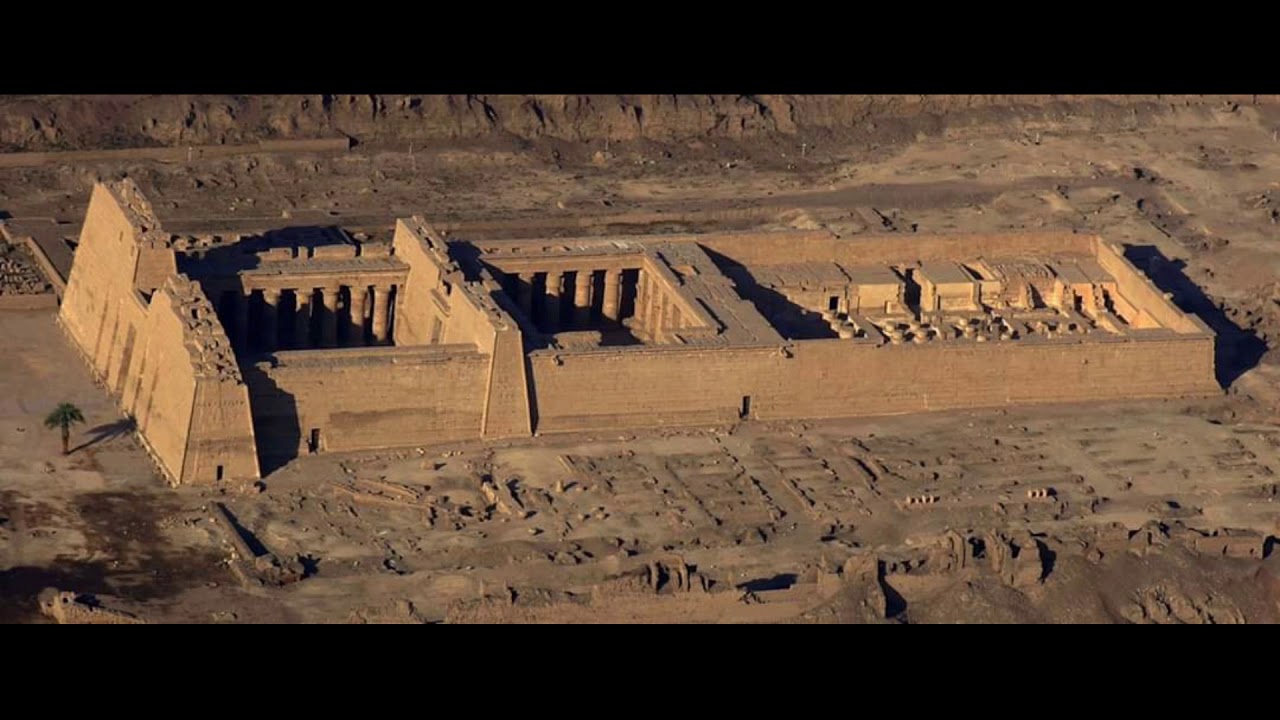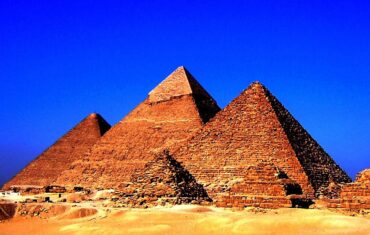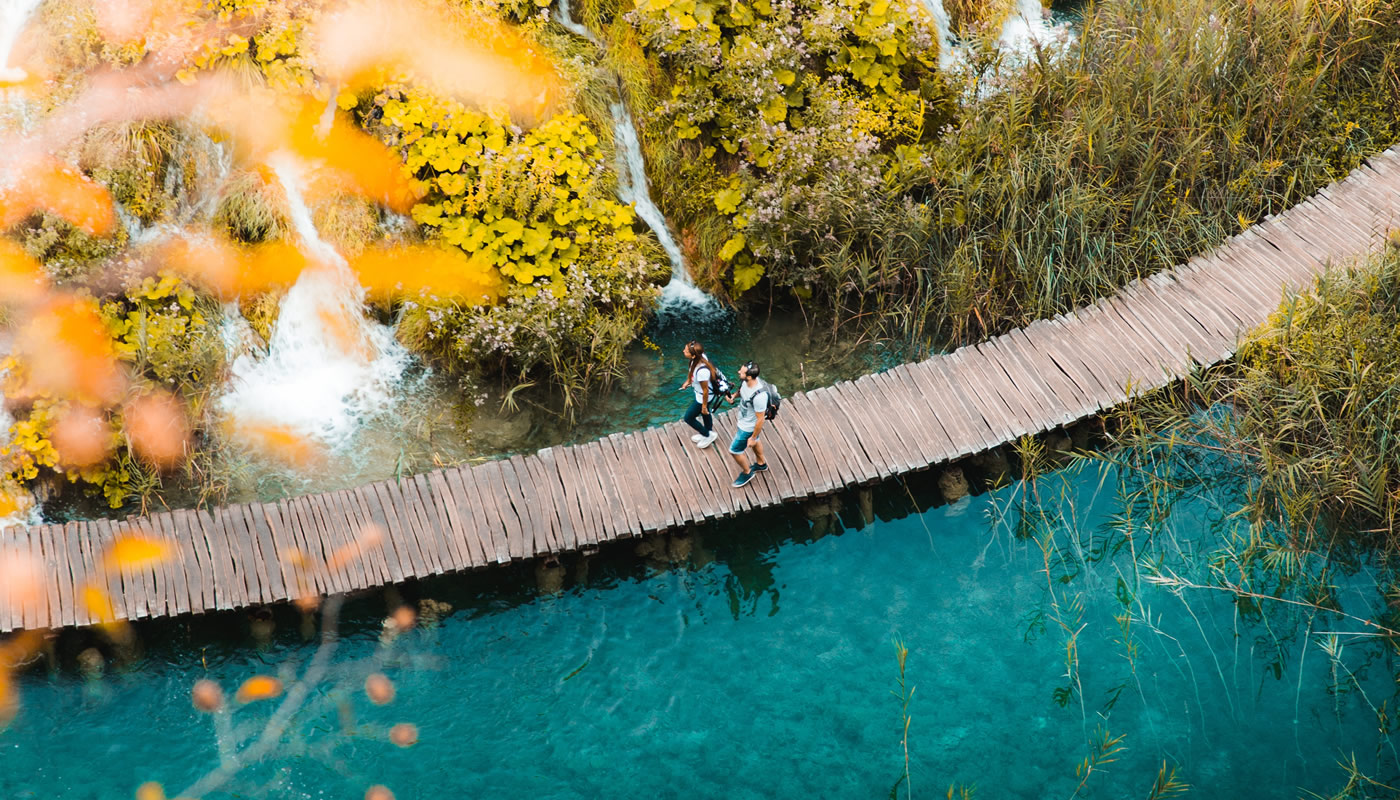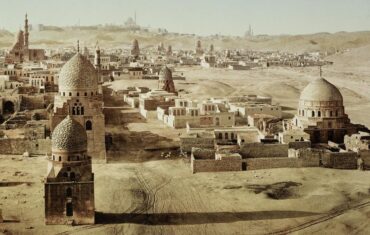Medinet Habu is the Arabic name for the Mortuary Temple of Ramses III, a huge complex second only to Karnak in size and better preserved. Medinet Habu is among the least visited of the major sights at Luxor, but it deserves more attention than it gets.
History of Medinet Habu
The great pharaohs of ancient Egypt used to be buried in the Valley of the Kings but built great mortuary temples such as this one to honor their memory and to host the cult that connected them with the gods. Ramses III (1186-1155 BC) was buried in KV11 in the Valley and modeled his great mortuary temple on the Ramesseum of his ancestor Ramses II.
Ramses III was the second pharaoh of the Twentieth Dynasty and is considered the last great New Kingdom pharaoh to wield substantial authority over Egypt. During his long reign, Egypt was beset by foreign invaders (including the “Sea Peoples” and the Libyans) and experienced the beginnings of the economic difficulties and internal strife which would eventually lead to the collapse of Dynasty XX.
The site of Ramses III’s mortuary temple was sacred long before his time and is still regarded as having magical powers by local farmers (fellaheen). During Ramses’ lifetime, he often lived in the adjacent palace. Then and afterwards, the statues of Amun, Mut and Khonsu visited every year during the Festival of the Valley; other deities resided at Medinet Habu permanently.
During the Libyan invasions of the late Twentieth Dynasty, Medinet Habu sheltered the entire popular of Thebes. For centuries afterwards, it protected the Copic town of Djeme, which was built inside its great walls. In Coptic times, a Christian church filled the Second Court of the temple.
Medinet Habu was first excavated sporadically between 1859 and 1899 by the Egyptian Antiquities Service, during which the main temple was cleared, many Coptic buildings were removed, and the site was made accessible to visitors. Since 1924, further excavations and conservation work has been led by Chicago University’s Oriental Institute.
What to See at Medinet Habu
The best views of the entire temple complex, which is surrounded by partly-intact enclosure walls, can be had from the top of the mound near the southeast corner or from a hot-air balloon ride. For a tip, a guard may unlock a stairway to the First Pylon, which provides excellent views. The reliefs are easiest to see in the morning or late afternoon when they are accentuated by shadows.
The main facade on the southeast side is asymmetrical, with the Ptolemaic Pylon jutting out on the right. This later addition (c. 3rd century BC) is decorated with a winged sun-disc, brightly colored since its recent restoration.
On the left is the Migdol Gate, named for the Syrian fortress that impressed Ramses so much he copied its gatehouse. Near the gate are two statues of Sekhmet, which may have helped transmit the prayers of pilgrims to Amun. Above the gate is a suite, decorated with scantily-clad dancers, in which Ramses often relaxed with his harem (who later plotted with one his wives to kill him).
Just to the right of the Migdol Gate is the Small Temple, which predates Ramses’ temple by three centuries. It is built over the legendary site where the primeval mound arose from the waters of Chaos, producing the creator god Re-Atum. The temple was built and partially decorated by the female pharaoh Hatshepsut in c.1490 BC. As in her own temple, her images here were defaced by her successor. Akhenaten also defaced the reliefs of Amun, but Horemheb and Seti replaced them.
The Chapels of the Votaresses, across from the Small Temple on the left, were mostly added during the XXV Dynasty of Nubian kings (700s BC). The votaresses were high priestesses of Amun and the de facto governors of Thebes. These chapels remained active places of worship long after the Temple of Ramses III had been abandoned. The best reliefs are in the forecourt and in the shrine of Amenirdis, sister of King Shabaka.
On the far right (southeast) corner of the complex is a Sacred Lake, where local childless women came to bathe at night and pray to Isis for fertility, and a ruined Nilometer that was once fed by a canal from the Nile. Originally, this area was a lush garden.
The Mortuary Temple of Ramses III itself is made of sandstone and provides a good idea of what the Ramesseum, its model, looked like before it collapsed. The First Pylon is about the same size as that of Luxor Temple but has lost its cornice and one corner. The reliefs on the pylon show Ramses defeating the Nubians (left side) and Syrians (right side), though in reality he fought neither.
Reliefs on the inner wall of the First Pylon show actual campaigns but exaggerated for extra impressiveness. On the left as you walk through the pylon, an oversized Ramses scatters the Libyans with his chariot. On the right side, third row from the bottom, scribes tally up the severed hands and genitals of dead foes.
Passing through the First Pylon brings you into the spacious First Court, which until the 19th century was filled with ruined Coptic-era houses. The court is flanked by columns, the right set of which bears Osiride statues of Ramses III attended by knee-high queens. The left side of the First Court adjoins the ruined Royal Palace (entered from the outside). In the middle of the adjoining wall was the Window of Appearances, where Ramses rewarded loyal commanders with golden collars.
On the outside (south side) of the Second Pylon, reliefs show Ramses leading six rows of prisoners to Amun and Mut (left) and a long inscription proclaims his victories in Asia Minor (right). The ceiling of the pylon’s gateway is painted with winged cobras and sun-discs.
In Coptic times, the Second Court was used as a Christian church and the pillars were removed and the reliefs were plastered over with a thick layer of mud. The reliefs, now uncovered, still have their original coloring and depict the annual festivals of Min and Sokar (left side). On the right side, a long text low on the wall records the events of Ramses’ fifth year of rule.
Beyond the Second Court is the Hypostyle Hall, now roofless. It originally had a raised central aisle like the Great Hypostyle Hall at Karnak. All that remain of the 24 pillars are the hieroglyphic-covered bases. Right of the hall are five chapels, dedicated to Ramses III, Ramses II, Ptah, Osiris and Sokar. On the opposite wall are locked treasure chambers, whose reliefs depict the weighing of gold and other valuables.
Beyond this are two smaller halls with pillars. Left of the first hall is the roofed funerary chamber of Ramses III, where Thoth is shown inscribing his name on the sacred tree of Heliopolis. On the other side is a roofless chapel that contained a central altar to Re. On the lintels, Ramses and several baboons are shown worshipping Re’s sacred boat.
The central aisle of the second small hall is flanked by statues of Ramses with Maat or Thoth, and this leads to three sanctuaries in the far back, dedicated to the Theban Triad: Mut (left), Amun (center) and Khonsu (right). The false door was for the use of Ramses’ ka (soul).
Some of the best reliefs are on the outer walls, particularly the north side. They are quite faint, so best viewed early or late in the day. The Battle Reliefs of Ramses III run the entire length of the northern wall, beginning at the back by the sanctuaries and ending on the outside of the First Court.






